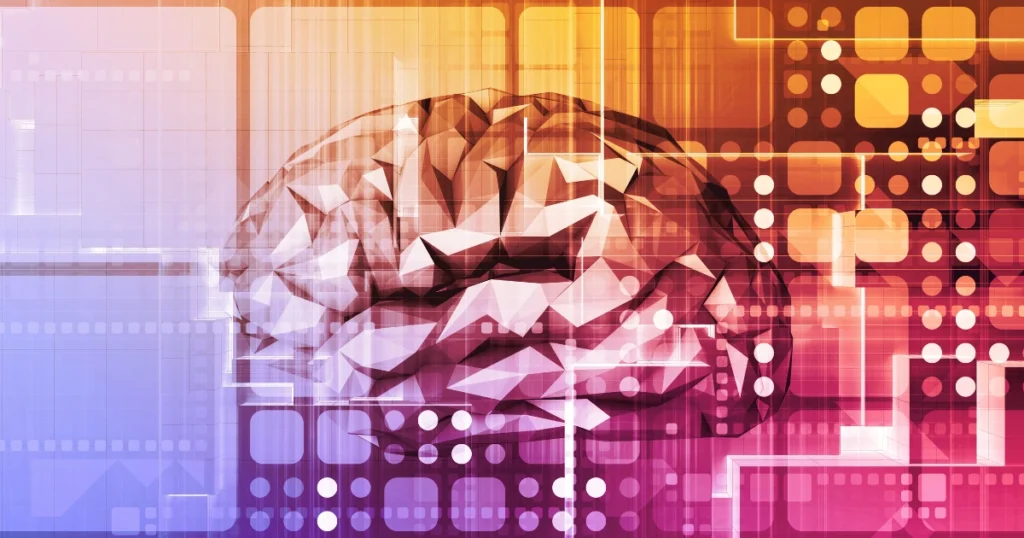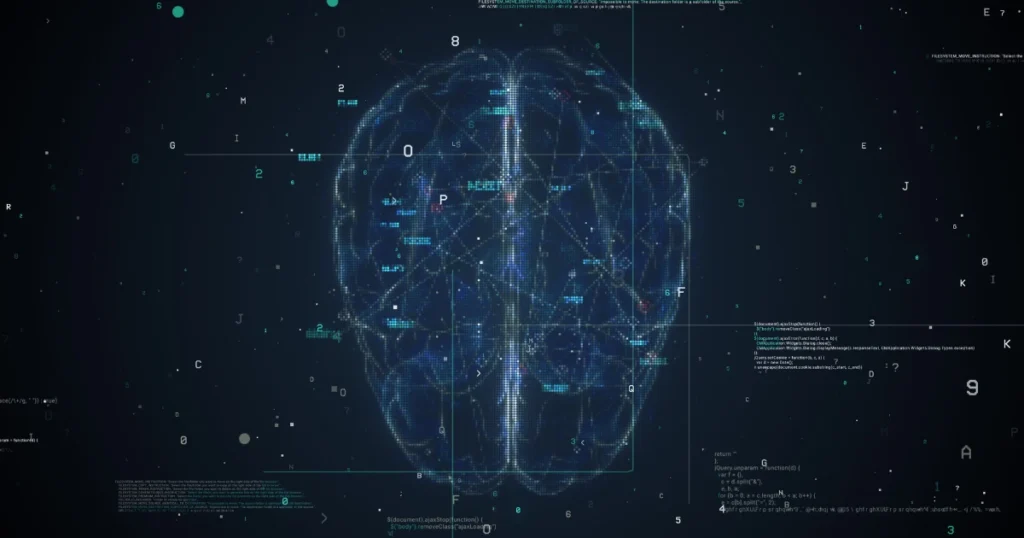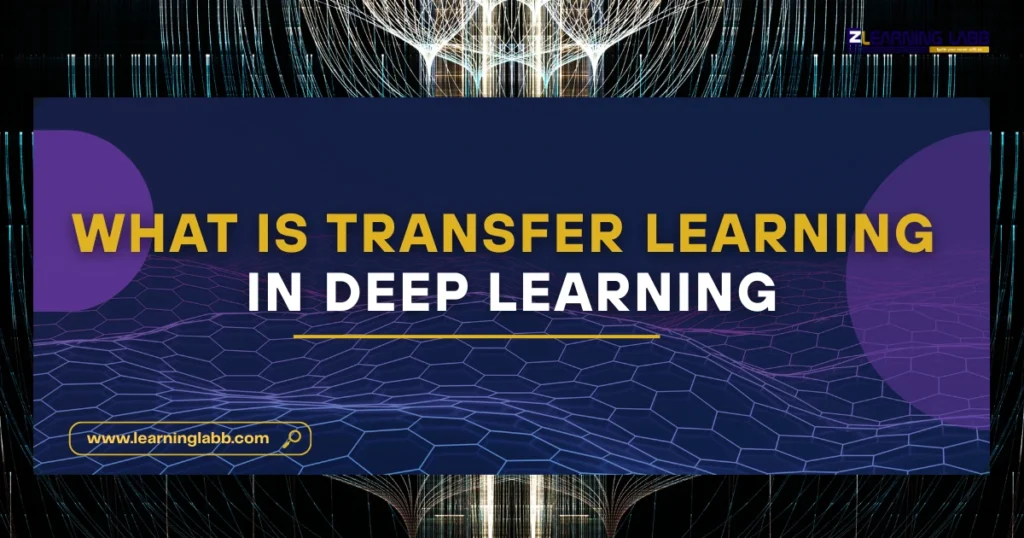What is Transfer Learning in Deep Learning: What if you could build a powerful AI model without having to train it from scratch? Imagine saving months of work, thousands of computing hours, and a huge amount of data, yet still ending up with a highly accurate model. That’s exactly what transfer learning brings to the table.
So, what is transfer learning in deep learning? In simple terms, it’s a technique where knowledge gained from solving one problem is reused to solve a related but different problem. Instead of starting from zero, a model learns from a pre-trained one and adapts to the new task. This idea has made AI faster, smarter, and more practical for industries across the globe.
What is Transfer Learning in Deep Learning?
The term “transfer learning in deep learning” refers to a method where a model that has already been trained on a large dataset is adapted to perform a different but related task. For example, a neural network trained on millions of images of animals can be repurposed to identify medical scans with only slight adjustments.
This idea is inspired by human learning. Think about it, if you know how to ride a scooter, learning to ride a bike is easier because you’ve already understood balance. Similarly, AI models apply knowledge from one domain to another.
According to Stanford University researchers, transfer learning reduces the need for massive amounts of labelled data by reusing existing knowledge effectively.

How Does Transfer Learning Work?
Alright, let’s dig into the mechanics. How does transfer learning work? At its core, it involves two main steps:
- Pre-training
- The model is trained on a very large dataset (say ImageNet with millions of images).
- It learns general features like edges, colours, and shapes.
- Fine-tuning
- The pre-trained model is adapted for the target task with a smaller dataset.
- Only some layers are retrained, while the foundational knowledge is retained.
This reduces time, computational power, and cost while giving outstanding accuracy.
Types of Transfer Learning
There isn’t just one way to apply transfer learning. Depending on the data and tasks involved, different approaches come into play. Here are the major types of transfer learning:
- Inductive Transfer Learning
- The source and target tasks are different, but the datasets may be the same.
- Example: Training on English text and applying to sentiment analysis in English.
- Transductive Transfer Learning
- The source and target tasks are the same, but the datasets differ.
- Example: A model trained on English text applied to French without retraining from scratch.
- Unsupervised Transfer Learning
- Used when labelled data is unavailable.
- Example: Transferring unsupervised feature learning for clustering tasks.
Each type brings unique benefits depending on the problem at hand.
Example of Transfer Learning
Here’s a simple example of transfer learning:
- Google’s BERT model was trained on a massive dataset of text from the internet.
- Once trained, BERT can be fine-tuned for tasks like question answering, text summarisation, or sentiment analysis.
- Instead of building a new model every time, developers fine-tune BERT for their specific use case.
This is why transfer learning has become so popular in natural language processing (NLP).
Another example: In healthcare, pre-trained image models (like ResNet) are adapted to detect tumours in medical scans with a smaller dataset of labelled medical images.

Importance of Transfer Learning
Why is transfer learning so widely adopted today? The importance of transfer learning lies in its efficiency:
- Reduces training cost: Training deep neural networks from scratch is expensive.
- Saves time: Models can be fine-tuned in hours instead of weeks.
- Works with small datasets: Especially useful in domains like healthcare where data is limited.
- Boosts performance: Leveraging existing knowledge improves accuracy and stability.
As Andrew Ng, AI pioneer, once said:
“Transfer learning will be a driving force in the next wave of practical AI.”
Applications of Transfer Learning
Now, where exactly is it used? Let’s explore the applications of transfer learning:
- Healthcare
- Medical imaging for detecting tumours, fractures, or abnormalities.
- Drug discovery with molecular prediction.
- Natural Language Processing (NLP)
- Sentiment analysis
- Chatbots and voice assistants
- Machine translation
- Computer Vision
- Object detection in self-driving cars
- Facial recognition systems
- Retail product identification
- Finance
- Fraud detection models
- Customer support chatbots
- Agriculture
- Crop disease detection using drone images
- Yield prediction models
Clearly, the scope of transfer learning is vast and growing.
Read More: Python Interview Questions for Data Analyst Jobs: 5 Tips
Advantages of Transfer Learning
Finally, let’s cover the advantages of transfer learning that make it a game-changer:
- Data Efficiency: Requires less labelled data.
- Cost-Effective: Saves on high-performance computing costs.
- Improved Accuracy: Achieves better performance than training from scratch.
- Faster Development: Models can be deployed quicker.
- Versatility: Works across multiple domains like text, images, and speech.
In short, transfer learning is not just a shortcut, it’s a smarter way to build AI.

On A Final Note…
So, to bring it all together: what is transfer learning in deep learning? It’s the process of reusing pre-trained models to solve new tasks with less data, less time, and less cost. By understanding how transfer learning works, exploring its types, seeing examples, realising its importance, and diving into applications and advantages, we get a clear picture of why it’s transforming industries.
Transfer learning has already powered breakthroughs in healthcare, finance, education, and beyond. And as AI continues to evolve, this approach will remain at the heart of scalable and practical solutions.
FAQs
Q1. What is transfer learning in deep learning in simple terms?
It’s when a model trained on one task is reused and adapted for another related task, saving time and resources.
Q2. Can you give an example of transfer learning?
Yes, models like BERT for text or ResNet for images are pre-trained on massive datasets and later fine-tuned for specific smaller tasks.
Q3. What are the main types of transfer learning?
Inductive, transductive, and unsupervised transfer learning.
Q4. Why is transfer learning important?
Because it reduces the need for huge datasets and computational costs while improving accuracy.
Q5. Where is transfer learning applied today?
In healthcare, NLP, computer vision, agriculture, finance, and more.





